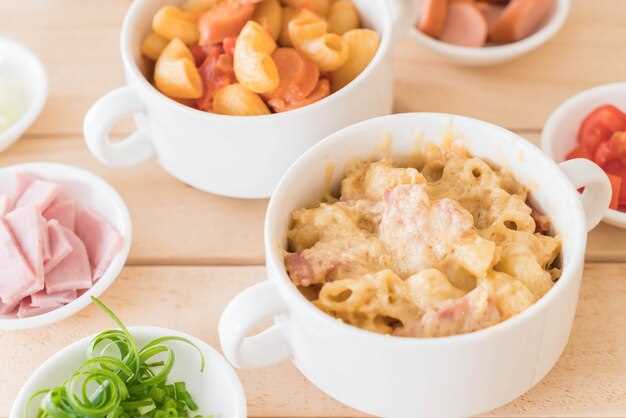Selecting a concise, impactful title is key. Aim for under 60 glyphs, reflecting content accurately. Consider these options:
Option A: Cooking Symbol Layout: Good Form & Samples – Concentrates on the presentation and visual aspect of culinary markers.
Option B: Superior Cooking Symbol Blueprint: Trends & Spark – Highlights prevailing fashions and creative motivation.
Option C: Productive Cooking Symbol Blueprint: Notions & Pointers – Stresses practical applications and valuable insight.
Option D: Cooking Symbol Blueprint: Forms, Use, plus Materials – Covers diverse aspects from configuration to implementation.
Option E: Basic Cooking Symbol Blueprint Layout Tenets – Focuses on fundamental concepts of constructing culinary visuals.
Recipe Representation: Optimal Methods & Forms
Prioritize simplicity. A successful cooking instruction symbol translates the essence of the dish quickly. Use easily identifiable shapes, avoiding intricate details that blur at small sizes.
Common Forms
Familiarize yourself with standard symbolic representations. For example, a cake universally indicates dessert, a bowl with steam signifies soup.
Color Application
Employ color strategically. Bright colors capture attention, while muted shades convey a sophisticated tone. Ensure color choices align with brand identity.
| Dish Type | Suggested Symbolic Representations | Color Suggestions |
|---|---|---|
| Salads | Fork with leafy greens | Green, Yellow |
| Meat Dishes | Steak outline | Red, Brown |
| Pasta | Fork twirling spaghetti | Yellow, Orange |
Maintain consistency across a project. Adhere to a unified visual language to create a cohesive, easily navigable user experience. For variant representations, subtle form differences are encouraged to promote clarity.
Choosing the Right Pictogram Form
Select a pictogram form that aligns with your brand identity. Consider three main types: filled, outlined, or duotone. Filled pictograms offer solidity and directness. Outlined pictograms provide a lighter, more elegant feel. Duotone pictograms introduce visual interest using two colors.
Examine clarity at various sizes. Ensure legibility on small devices. Opt for simple shapes. Complex details diminish at reduced scales.
Maintain consistency across all pictograms. Employ a uniform stroke weight, corner radius, and visual style. This creates a cohesive visual language.
Test pictogram comprehension with target users. Verify that meanings are instantly recognizable. Revise designs if ambiguity exists.
Evaluate cultural associations. Pictograms can possess varied interpretations across cultures. Confirm neutrality or positive connotations within your audience.
Optimizing Symbols for Consumption & Expandability
Employ SVG format due its lossless scaling. SVG ensures crisp visuals across differing screen densities without pixelation.
Simplify shapes. Reduce node count to diminish file size & render times. A streamlined form translates to smoother scalability.
Use a consistent grid system. Adherence to a structured grid facilitates uniform proportions, guaranteeing visual coherence throughout alterations in size.
Test symbols across multiple platforms (iOS, Android, web) & resolutions. Verification ensures optimal presentation irrespective of viewing medium.
Guarantee sufficient contrast between the emblem & its backdrop. Meeting accessibility standards (WCAG) is paramount for usability.
Maintain a uniform stroke width across all symbols within a set. Consistency contributes to a polished & cohesive visual language.
Opt for a limited color palette. A restrained color scheme enhances clarity and simplifies future modifications.
Finding Spark & Assets
Browse Dribbble and Behance for visual stimulus regarding dish depictions. Study prevalent shapes, color palettes, plus illustration approaches. Analyze prominent themes.
Consider dedicated graphic libraries, like Noun Project or Flaticon, searching keyword alternates for “food pictograms” or “culinary symbols.” Filter results by style (e.g., outlined, filled, color) aligning with brand identity.
Style Variations
Examine various culinary artforms: minimalist, hand-drawn, flat, isometric. Analyze their applicability relative to the intended consumer base.
Asset Selection
Curate a collection of visual reference items. Categorize items by thematic element (e.g., baking, grilling, vegan) to expedite conceptualization cycles.
Q&A:
What makes a recipe icon “effective,” considering the limited space for a “ tag?
An “effective” recipe icon, especially within a short tag, quickly communicates the recipe’s core identity. It needs to be recognizable and relevant at a glance. Consider using elements clearly associated with cooking or specific food categories, like a pot, a whisk, or an image of key ingredients, prioritized based on visual clarity and association with the recipe type.
Besides visual appeal, are there any accessibility aspects to consider when choosing or designing a recipe icon?
Yes, accessibility is very important. Choose icons with good contrast against their background, ensuring they’re visible to users with visual impairments. Also, while the “ tag mainly impacts searchability, ensure the actual recipe icon on the page (if different) has sufficient size for easy viewing. Provide alt text or descriptive labels for screen readers for any recipe icon on the page itself.
How can I ensure my recipe icon design remains current without constantly redesigning it?
Focus on timeless design principles. Simplicity, clarity, and strong visual metaphors are key. Avoid trendy design elements that may quickly become dated. Regularly review competitor designs and user feedback to identify areas for subtle refinement, but stick to the core visual identity of your icon.
What are some common mistakes to avoid when designing recipe icons?
Avoid overly complex or cluttered designs. Icons should be easily recognizable, even at small sizes. Avoid using generic symbols that don’t clearly represent the recipe. Also, be mindful of cultural associations with certain symbols; what is appropriate in one region might be offensive or confusing in another.
Are there tools or resources that can assist with recipe icon creation, especially if I lack design experience?
Yes, numerous online resources can aid in icon creation. Many websites offer pre-designed icons that can be customized. Also, user-friendly graphic design software, even free options, is readily available with tutorials for beginners. Consider utilizing design inspiration websites to spark new ideas and explore different style variations.


